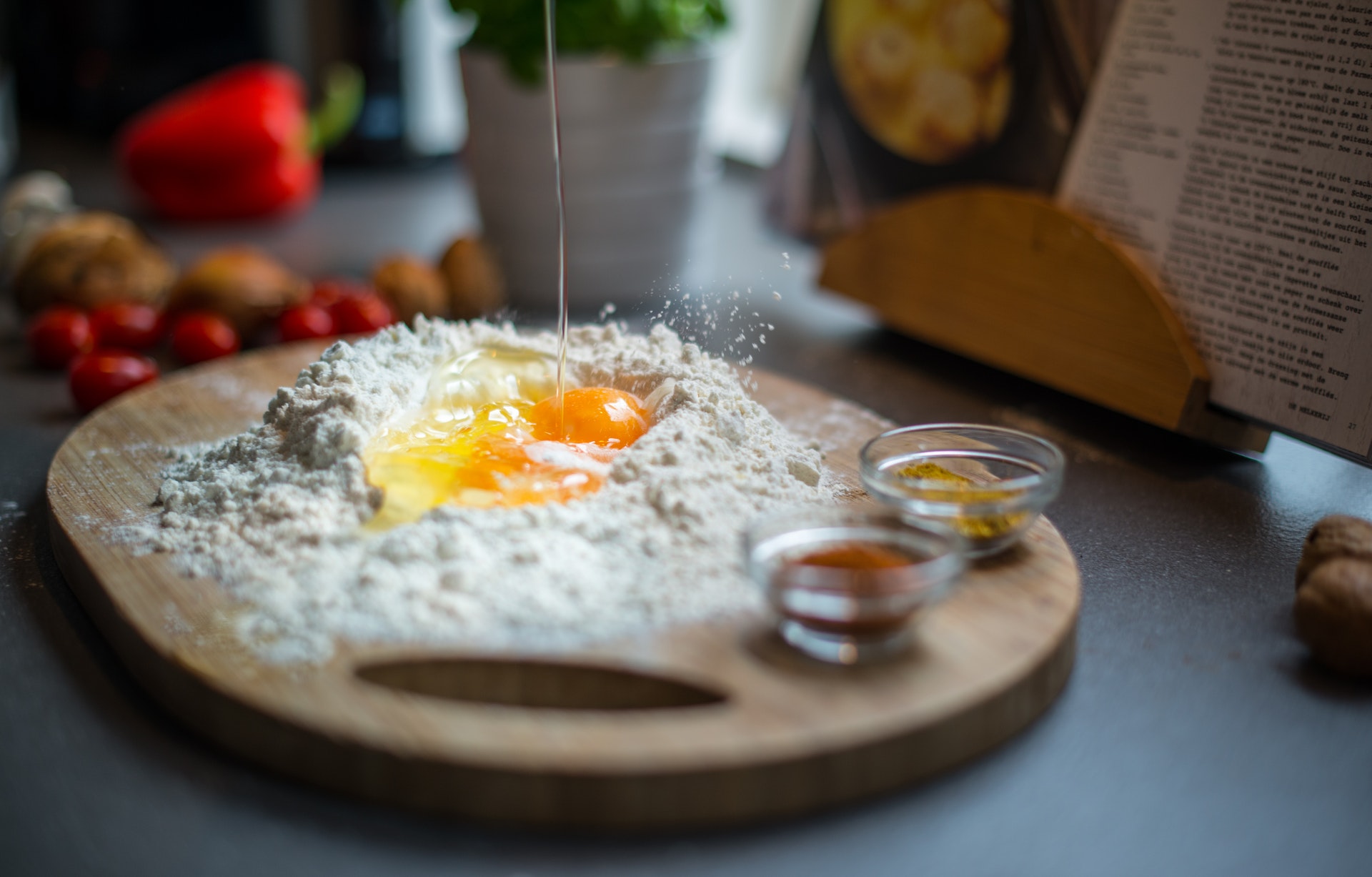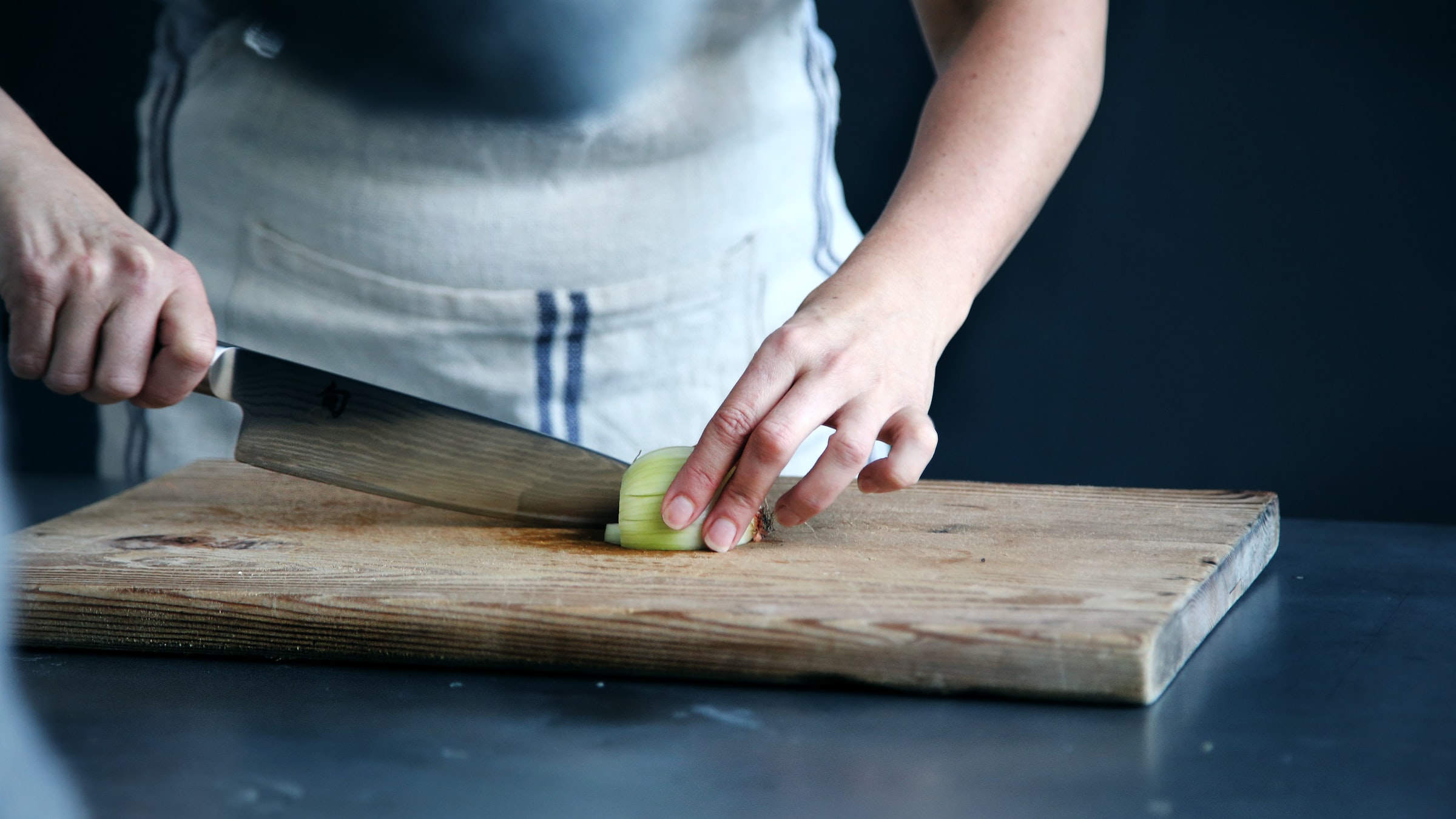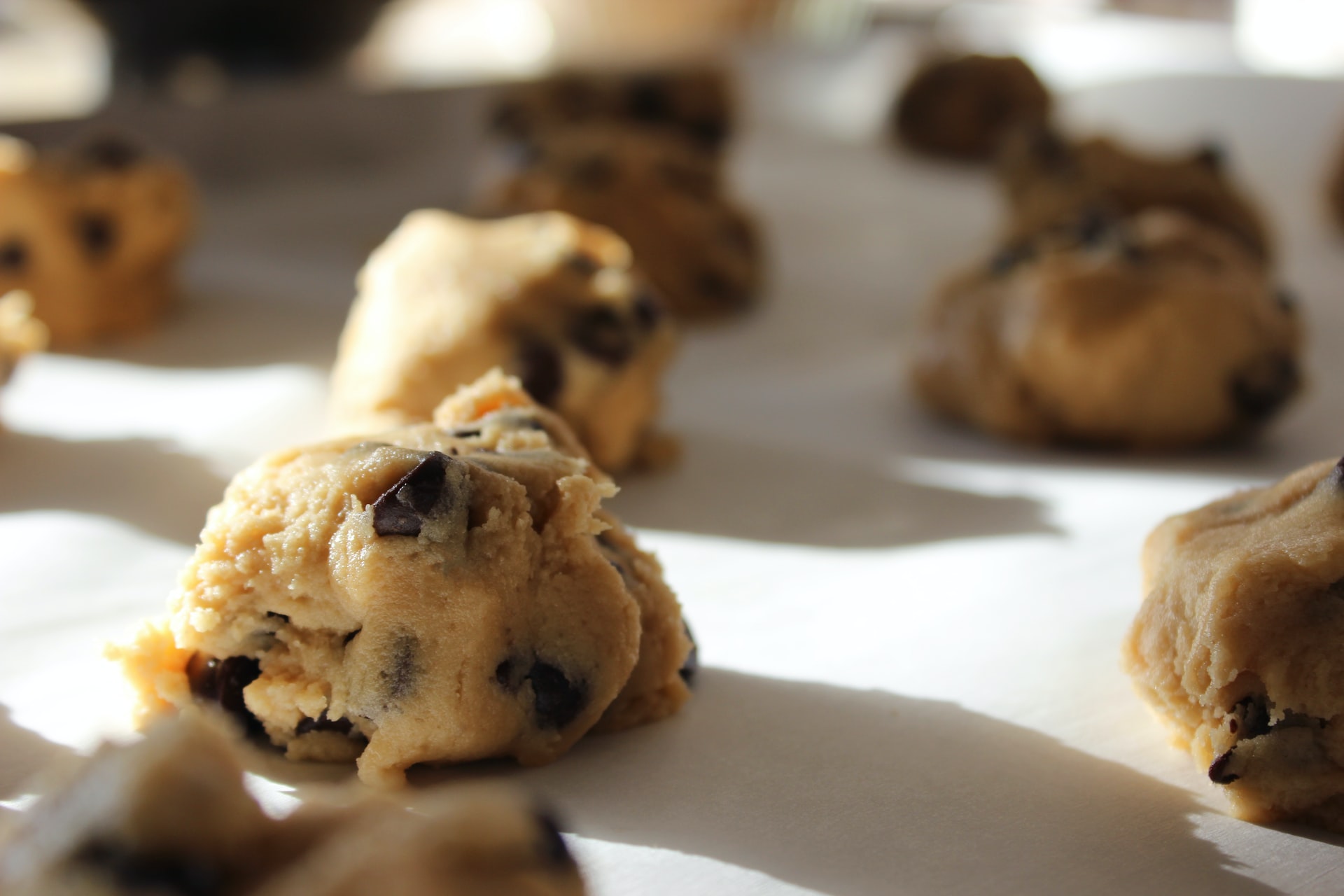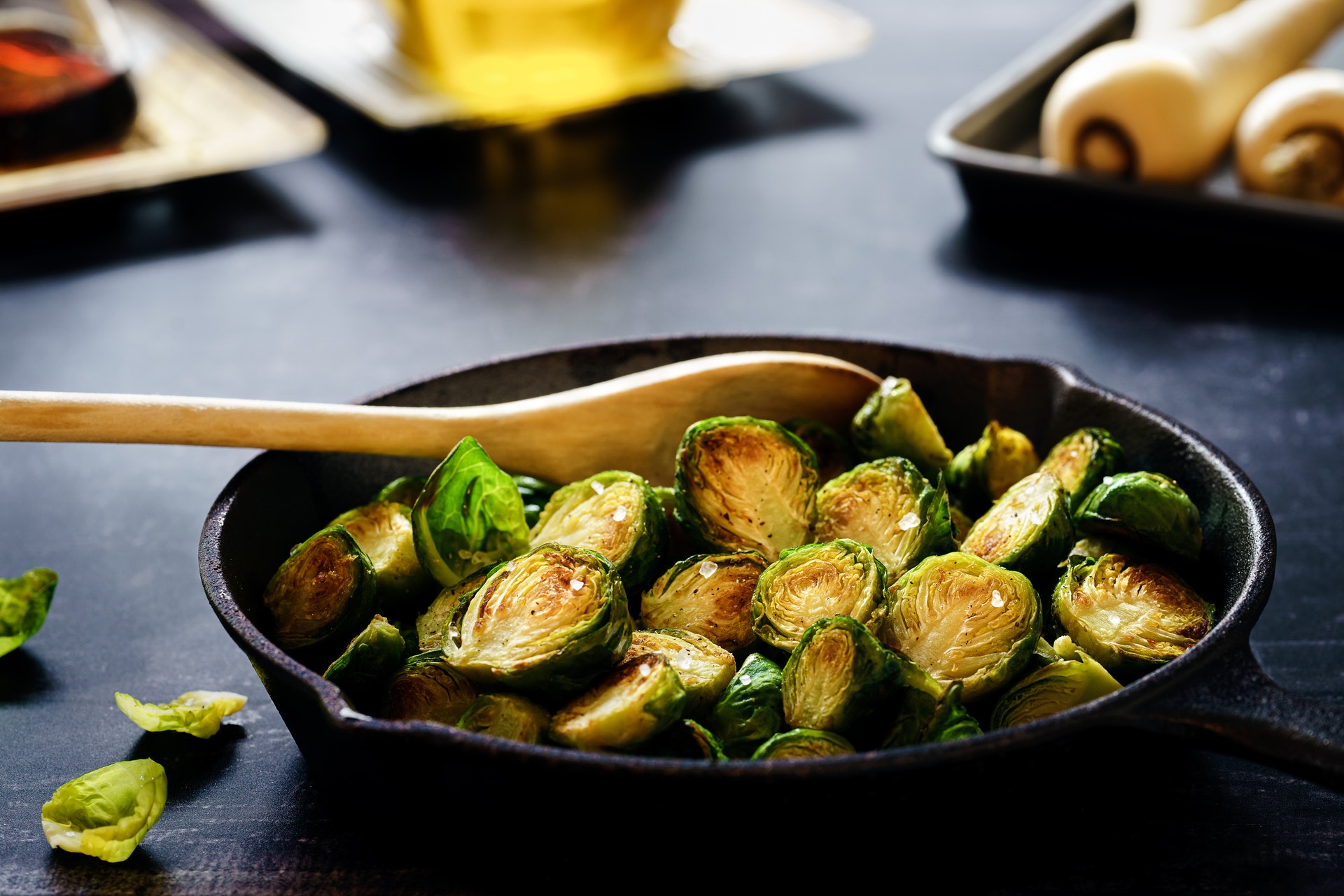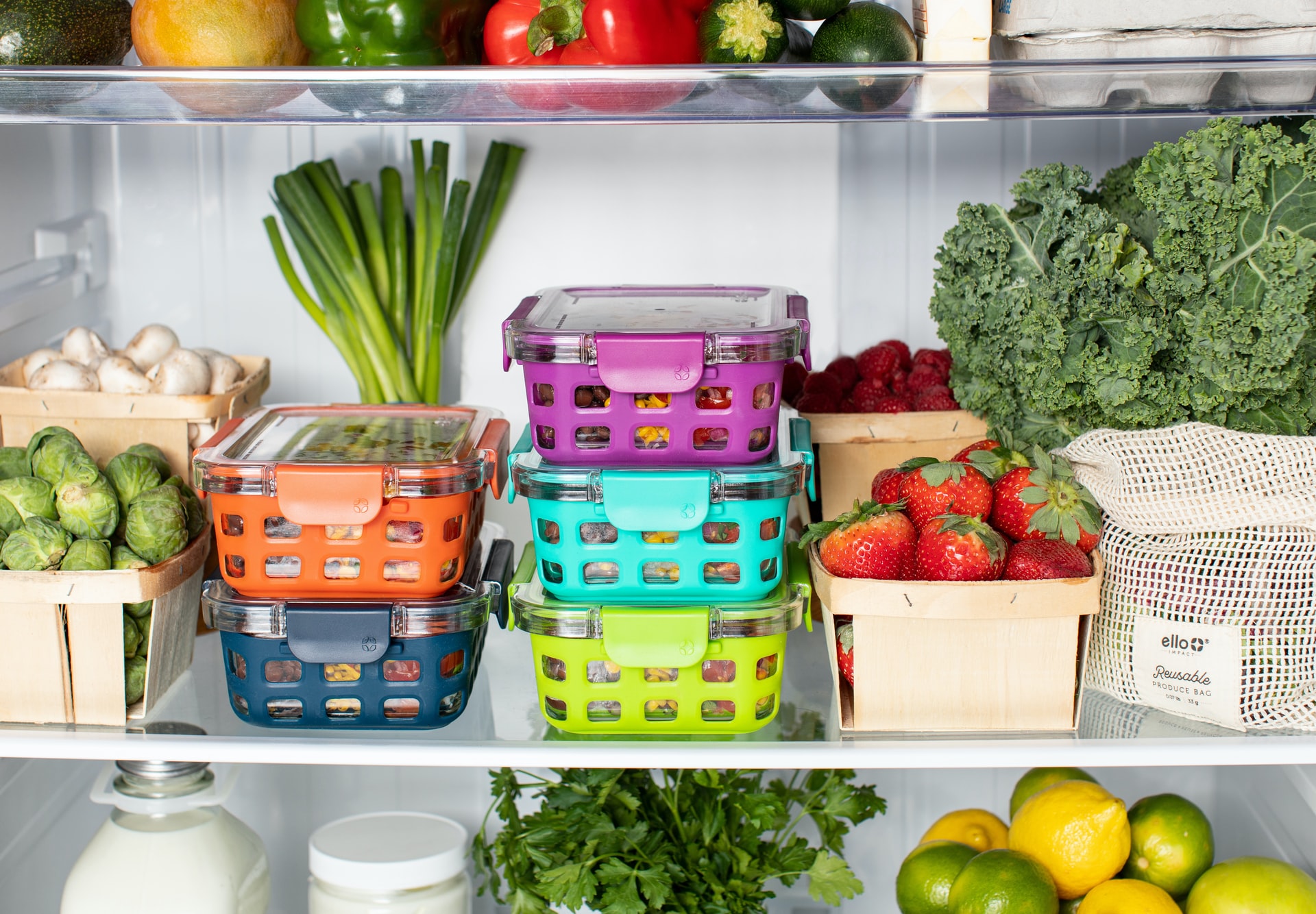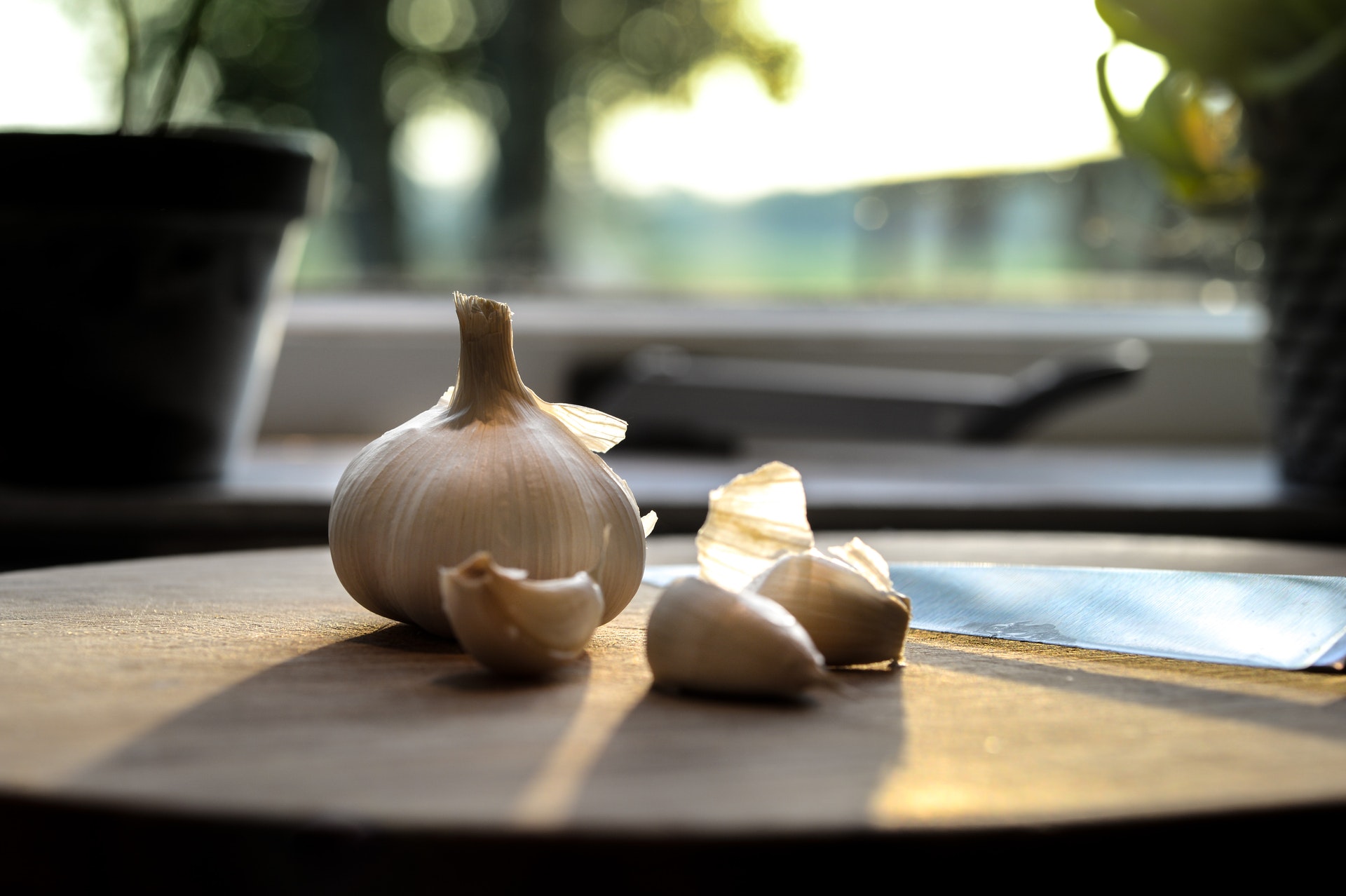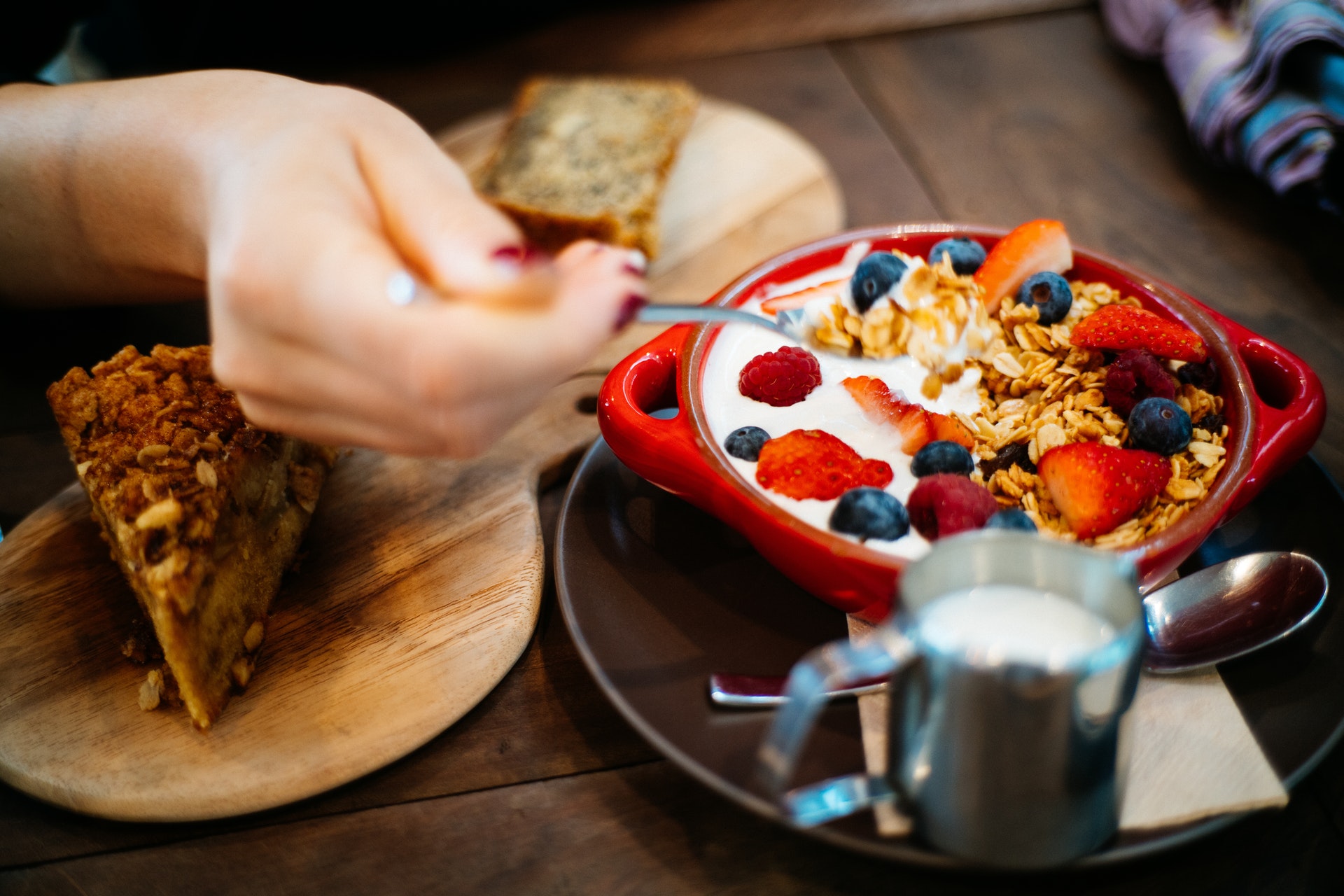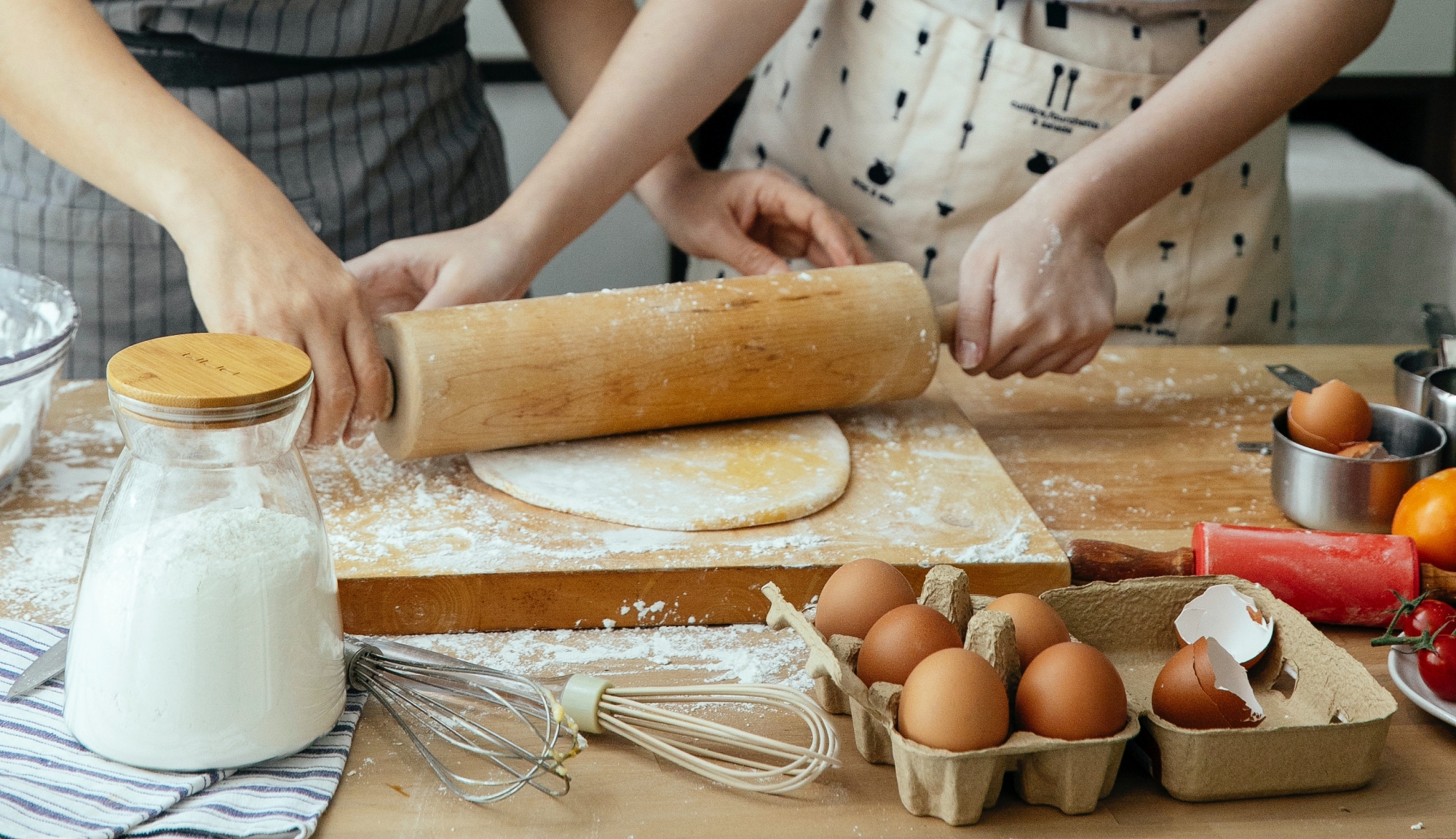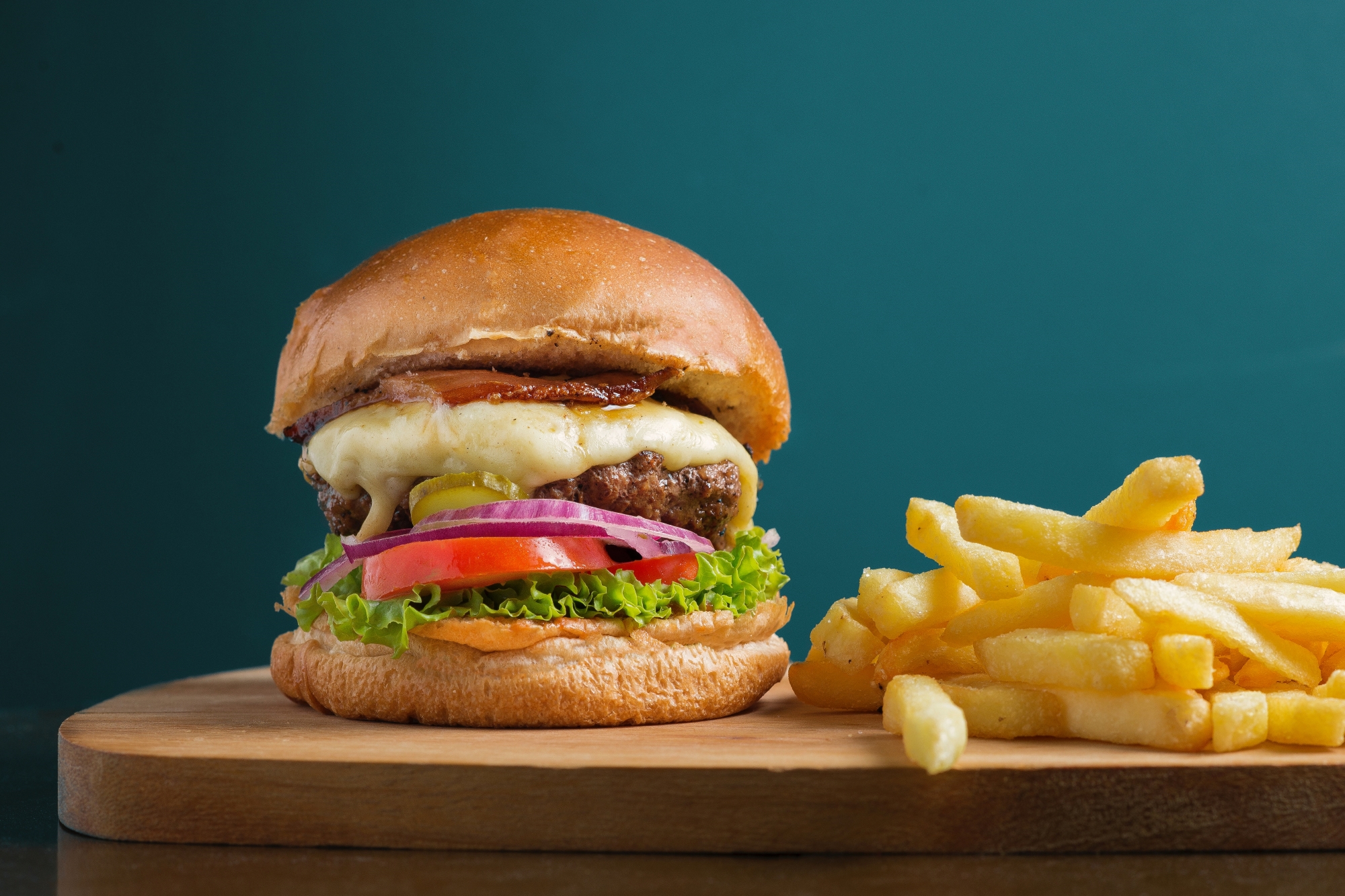The Difference Between All-Purpose Flour and Bread Flour
There are plenty of flour varieties out there–whole wheat, rye, spelt, and more. An all-purpose flour may sound like it’s good enough for every making project, but some recipes may call for a bread flour instead. These two are closely related and can mostly be used interchangeably. However, the small differences in protein and gluten content variations can make a difference in the final product. Here’s what you need to know about the differences between all-purpose and bread flour. All Purpose Flour This flour is the perfect balance of protein and gluten for most recipes. It’s made by removing the wheat’s germ and grinding the starch-rich endosperm into a flour with 9% to 11% protein content. This protein will determine how strong, stretchy and tender a baked good will be. All-purpose flour is ideal for cookies, muffins and quick breads. It can also work for most cake recipes and some breads. Bread Flour A bread flour will have more protein content than all-purpose flour, about 11% to 13%. This will ultimately aid gluten development, resulting in chewy baked goods. It’s most commonly used for breads (hence the name) but can also be great for cookies, pizza crusts and more. You’ll notice crumb and texture differences between the flours but they generally can substitute one another. Avoid over-mixing bread flour if you are using it in place of an all-purpose flour or you can end up with chewy, dense baked goods. Source: the Kitchn

